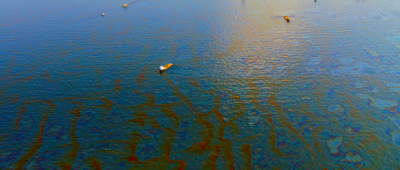First responders to an oil spill must examine the area to determine the extent of the damage. This team uses the Shoreline Cleanup and Assessment Technique, also referred to as SCAT, to survey shorelines and submit their findings.
How SCAT Works
This assessment method collects information about the oil spill and the shoreline environment that will potentially be affected by the spill. The goal of SCAT is to determine the extent of the damage and provide recommendations for the most effective cleanup that will result in the least negative impact on the environment.
The First Responder Team
The team of experts generally includes officials from both state and federal government agencies. The organization responsible for the accident can also place employees on the SCAT team. The first responders work together to categorize the spill and the type of oil found on the scene. The team also assesses the specific types of shoreline involved, as this determines the extent of the damage and the best methods of cleanup.
Recommendations
After full examination and analysis, the SCAT team uses the resulting surveys to make a formal recommendation for cleaning up an oil spill. Large oil spills usually take significant time and effort to gather the required data. Photographs and GPS tracking are part of the data utilized with surveys. Once collected, the team enters data into a central database, which all interested parties can access to gain information about the spill.
With a combination of technology and fast response, SCAT teams work to minimize damage and protect the environment.
Thanks to Green File Productions on flickr for the image used in this post.






